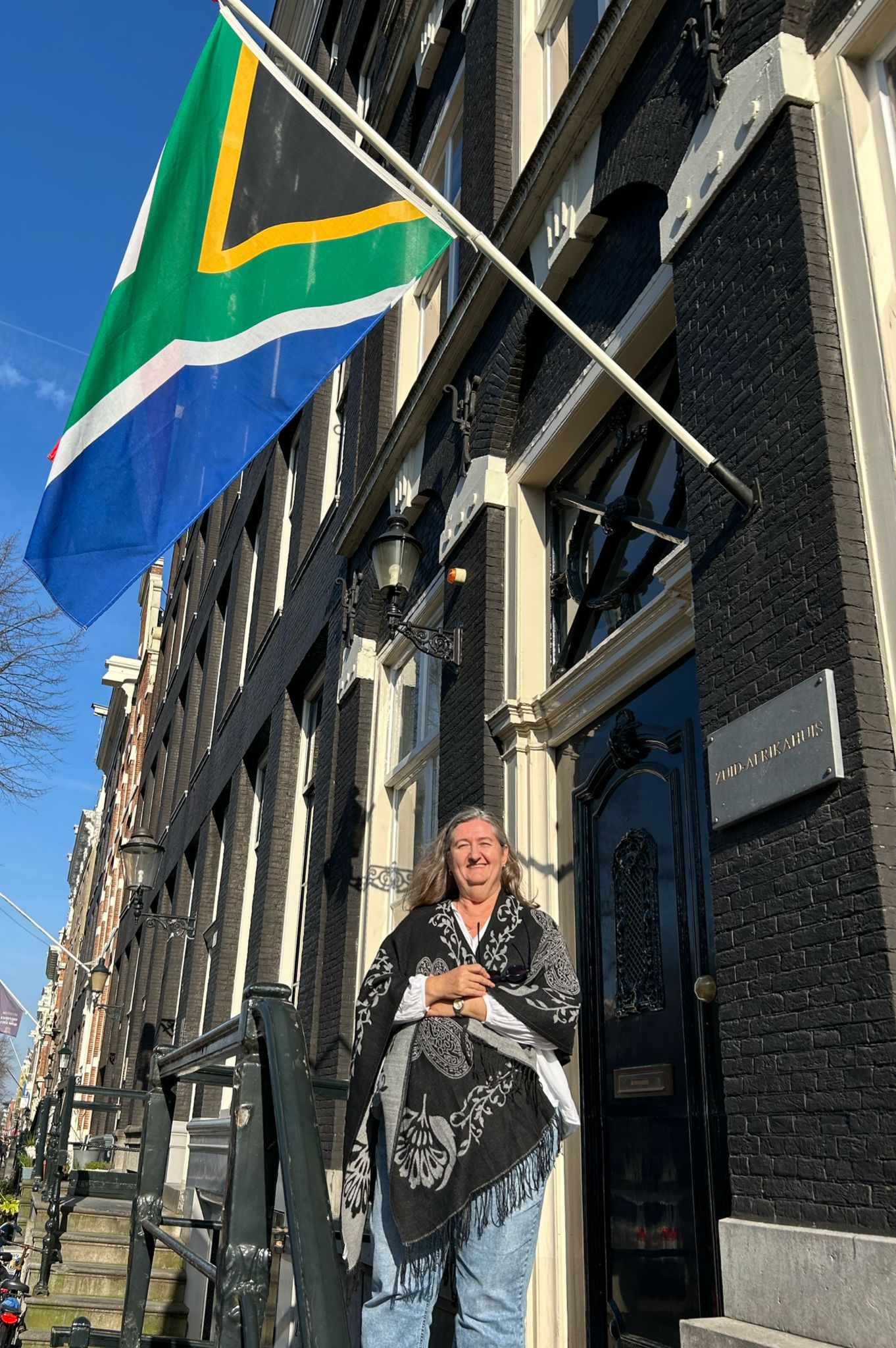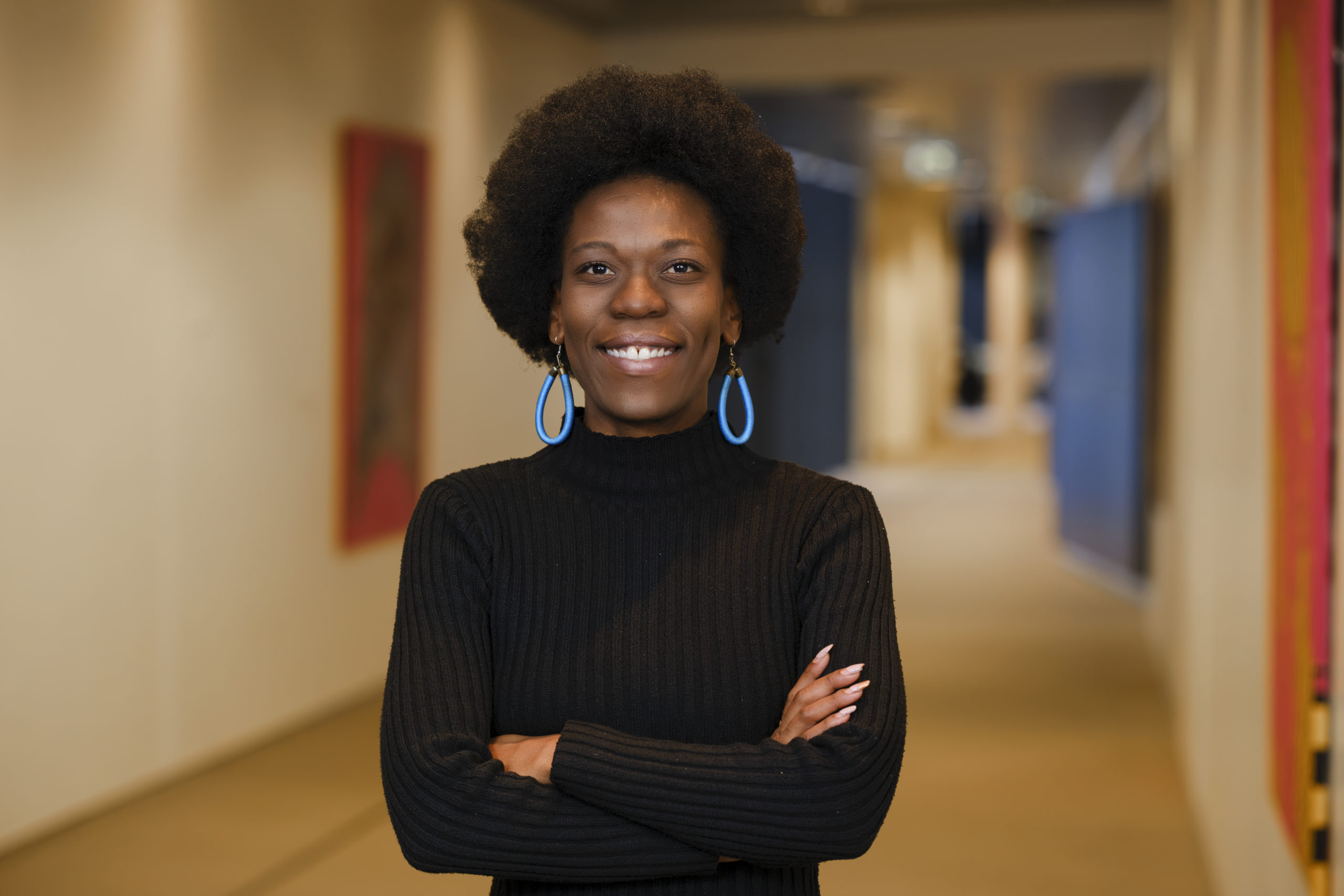This is what it must feel like to drive a muscle car. It is full of racy one-liners and insightful observations about the importance of wearing the right sneakers on the right day. It tackles issues as large and ominous as violence against women and mental health issues with deceptive ease and humour. It is relentlessly honest. It has mermaids in it. A granny who blows up the Magistrate’s Court to avoid prosecution. And a Tamagotchi. This is Mermaid Fillet.
As Arderne herself states in the Kwela Book Chat that introduces her novel, it does require a bit of a disclaimer: “the book does contain strong language, explicit sex, gratuitous violence and some blasphemy. So it may not be for children or for your Ma, but if none of these things offend you, it might be for you.” I want to try and convince you of the opposite: even if these things offend you, this is still a novel you want to read.
Mermaid Fillet offers a densely layered critique of violence against women. It posits powerful female and fluid identities as the norm rather than an exception, but without vilifying masculinity. And, if all of this were not enough, it raises uncomfortable questions about the structural role of social media in our emotional lives and combines this with the depiction of the privileged and harmful co-opting of emancipatory discourses by consumer culture. Arderne’s tour de force lies in showing – sometimes subtly, sometimes rowdily, sometimes hilariously – how these layers of existence tie into each other.
Blood Rain and PTSD
The book, published last year in an electric Kaaps fusion with English, is set against the backdrop of illegal trade in weapons, fashion wear, people and rare seafood like mermaid tails. It is about “that other” Cape Town, or as Arderne puts it: “Every Belville has a Belville South, every Rondebosch has an Athlone, every Maitland has a Kensington” (224). In this world of structural division, where every city centre pushes its uncomfortable histories to the periphery, a Goddess rains blood on those who hurt women, unleashing graphically described menstrual storms (yes, you are reading this right) that “drown the more vicious and notorious predators. Because in my wisdom, I saw fit to cleanse the trash and nourish the soil” (25-6). Mermaid Fillet engages in Tarantino-like revenge fantasies. It is feminism with muscle.
This does not mean, not at all actually, that it lacks nuance. The cast of characters does important work in this respect. The novel is populated by an unexpected set of “types” that all struggle with mental health issues to some extent. These characters are no stereotypes, however. Rather, they set the normative record straight. In order of appearance, there is Banggat, a gender fluid small time criminal, who is addicted to buying Nike Air Jordans. They run errands for the asexual Grootman, a depressed kingpin in his fifties, Malnaai, a bisexual alcoholic who relishes in his job as a hitman, a heterosexual Genuine Ou called AK, who only just manages to prevent himself from escalating into excessive violence but is happily married (in a way) to Malnaai’s sister Laetitia. And then there is Michaela, a fairly affluent woke influencer with social anxiety who fantasises about becoming an animal and is sexually attracted to creatures that do not exist.
Most of the novel is concerned with showing these characters up in their peculiarity and vulnerability, focusing on the richness of their internal lives, but also on how they (fail to) relate to each other and to their economic, material and social surroundings. It meticulously shows where they hurt and why. It also shows how they deal with this hurt, and whether or not they are in a position to deal with it at all.
Laetitia is one of the most provocative characters in this respect. Having grown up with a sexually abusive uncle, she has learned to bury her wounds and to get by as a diamond in the rough. Her internal monologues reveal aspects of what it means to survive rape that cannot really be talked about. Not even when she finds out that her brother has been abused in similar ways. And also not when Michaela, who used to date Laetitia’s husband AK, is assaulted and asks AK for emotional support. After giving herself a little crash course in the main woke concepts on Michaela’s news feed, Laetitia bills Michaela with a monetary compensation for her husband’s emotional labour that Michaela would otherwise have spent on her psychiatrist. In the end and despite Laetitia’s own hurt, the goddess is relentless and blood rains on Laetitia too.
Feminist Critique and Grammars of Class
The plotline involving Laetitia is one of the richest in the book in terms of critique. Laetitia stands up for herself and refuses to be taken for granted. But this assertion of her personal rights is, like the blood rain, also a violent revenge fantasy. In this case, it is born not from racial or gender difference, but from the silently suffocating grammars of class. Laetitia wants to punish Michaela for making emotional demands on the man who is no longer hers to call on, but, perhaps, even more so for finding a way out of her pain: Michaela’s social status as an influencer ensures that when she smears her vulnerabilities all over social media, people will be interested in what she has to say and she will be able to work through what happened. When Michaela is hurt or fed up she has access to an analytical language that venomously merges woke discourses with a hipster lifestyle:
“She didn’t need that kind of energy in her life. She needed more turmeric, apple cider vinegar and barley. She had body-positive queer POC safe pop-up spaces to attend.” (76)
This language, these spaces, the time to groom one’s self image, these things were not readily available to Laetitia when she needed them most. For her, in her community, there was only the not talking about it.
As Pumla Dineo Gqola has argued in her magistral study of rape in South Africa, “[r]ape is not a moment, but a language” (28). Of course, rape is an action, a moment, although arguably the consequences never fade. But rape is, as Gqola so insightfully emphasises here, a cultural thing, too. It is made possible by the culture around the act. A culture that stays in tact largely because rapists are generally not culturally condemned to the same extent in which raped women are stigmatised. As Gqola also makes clear, breaking the silence around rape is therefore not always an option for some women precisely because they may be stigmatised by their communities, are disappointed by the criminal justice system, or are simply not believed. Laetitia, from this perspective, seems to have internalised the cultural normalisation of sexual violence and expects Michaela to do the same.
With the interaction between Laetitia and Michaela, the need to break the silence on sex crimes and the possible avenues of healing involved in speaking out gain vertiginous levels. The novel shows that speaking out against rape may inadvertently destabilise the life of other rape survivors, only promising healing to those privileged enough to reach out for it. Yet, the backlash is equally disturbing: Laetitia tries to re-instil a harmful shame in Michaela, who has gone public with her pain, by turning Michaela’s emancipatory language of healing on herself. The novel thus touches on one of the things biggest takeaways that Gqola formulates in the conclusion of her book, and that is the way in which feminist tools can also be wielded to actually further abuse. That is why, Gqola argues, “it is imperative to create the kinds of realities that give survivors healthier choices to make sense of surviving rape” (178).
Literature can help with this by laying bare the painful realities of how trauma works beyond desirable mainstream discourses on recovery and healing. There is no lip service in Mermaid Fillet: violence is shown as both intentional and inadvertent, as private and structural, as addressable and irradicable, all at the same time. Violence is multi-dimensional, exploding both inward and outward, like a hand grenade. Herein, Mermaid Fillet performs a literary feat pur sang, allowing us “to flesh out the hints, suggestions and confirmed instances that are [usually] not fully told as stories” (Gqola 2015, 172). By engaging in the catharsis of revenge fantasies, by offering a fresh language for the multidimensionality of violence, by showing that in the end the blood rains on everybody, Mermaid Fillet offers a meticulously situated perspective that goes to war with languages of rape and subjection.
Mermaid Sightings
So what about those mermaids? How do they fit into this picture? In the novel, the mermaids are both mythical and edible. You can have them as fillet in fancy restaurants, as biryani at your grandmother’s house, or on a gatsby as a takeaway. How sought after the delicacy really is, is testified by the mention of police uncovering over 700 mermaids meant for illicit trade in Pearl Bay. But they are not just a commodity. They are also the thing in your life you cannot have or cannot afford. For most characters, the mermaids are something they see on the periphery of their vision, just out of reach, when they connect with their deepest sorrows, fears or desires.
Michaela, for instance, sees them after a love bite she has sustained starts to morph and threatens to take over her body. They only disappear when she manages to temper her social anxiety after posting some graphic nude material of herself online and feeling sufficiently validated by the responses. Laetitia sees them when having asphyxiation sex with her husband and actively seeks them out because they quiet the voices of her awful childhood memories. And Perd, the Grootman kingpin mentioned earlier, turns into one, or imagines turning into one, as he embraces his depression and commits suicide in the Durbanville Hills:
In a tank of viscous black water, he sank further and deeper until the black got brighter and he saw all the other tails. All the legs that had given up and spliced like his, flowing languid and continuous, luminescent. They moved like him. Hardly and without ceasing. (192)
There are, of course, several ways to read the mermaids and every reader will hopefully create their own interpretation. To me, the mermaids symbolise the incessant shimmering of the unattainable desires in the characters’ lives: to be rich, to be free of trauma, to be happy – unconditionally. But these desires also make the characters languid, like they are trapped in a black tank. The fact that Perd turns into a mermaid on the moment of his demise also raises questions about the connections between the mythical and material mermaids in the novel. Where do the edible mermaids come from? What if they materialise out of people’s sorrow and anxiety, only to be captured and sold to the very people from whom they were extracted? What if they symbolically resemble the inner machinations of consumer culture in that way, which feeds people the lie that their fantasies are real? Arderne solidly takes the pulse of the material and emotional structures of late capitalism with the imagery of the mermaids.
But the novel also adds a shimmering edge to this dark symbolism. It is incredibly poignant that the mermaids materialise for Perd the moment he fully embraces his mental state. Which is not to say, let me be clear, that suicide is a good idea. A more positive example is that of Banggat, who also embraces his desires when he finally orders a fine mermaid fillet during long hoped for date with Michaela on a fancy wine estate. But Arderne never loses control or veers off into sentimentalism. The scene is characteristically double edged, as for both Banggat and Michaela the vineyards are indicative of a system that paid in kind and turned its labourers, their ancestors, into alcoholics.
Perhaps the novel suggests that there is pain from which it is impossible (and even irresponsible) to extricate oneself. That such pain is personal as well as structural. That like gender, race and class, it is everywhere. But perhaps, too, the novel makes clear that, conflicted and illicit as the longing for obtaining our fantasies may be, our only chance for having our fillet and stop hurting others in trying to obtain it, is when we stop fighting with our selves.
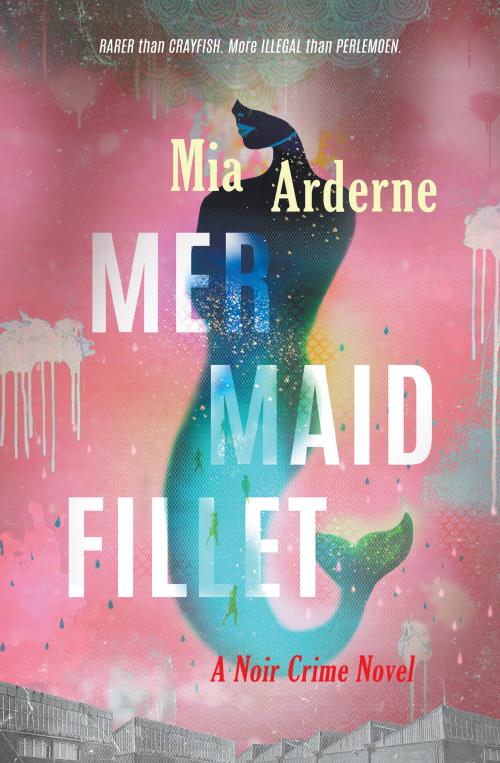
Mia Arderne, Mermaid Fillet, Cape Town: Kwela, 2020. ISBN: 9780795709760; Epub ISBN: 9780795710032. 224 pages. Price: R 265.
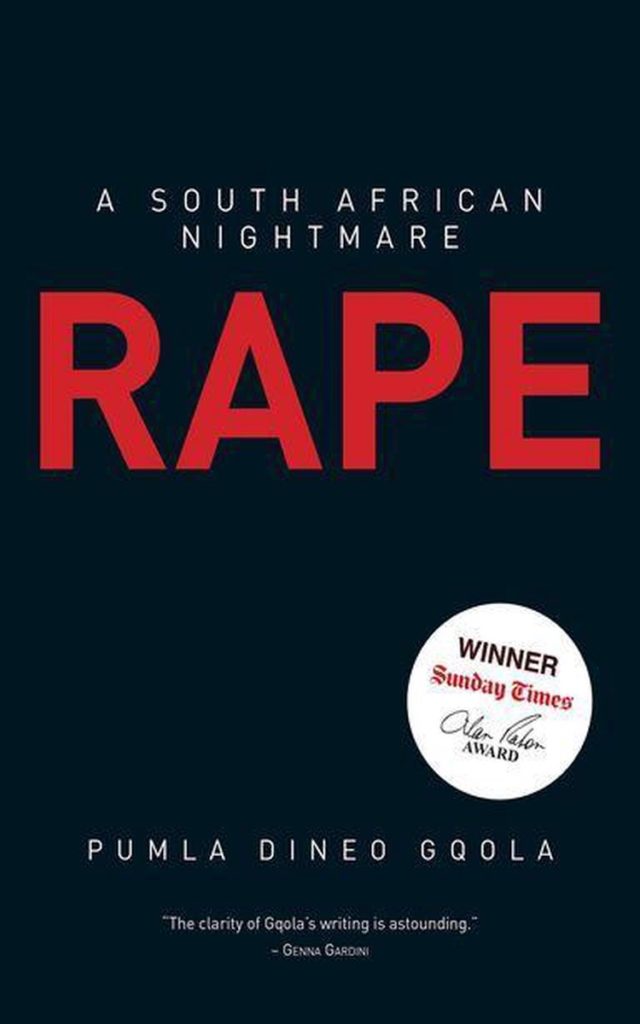
Pumla Dineo Gqola, Rape: A South African Nightmare, Johannesburg: Melinda Fergusons Books, 2015. ISBN: 9781920601522, 192 pages.
Currently only available as E-book. Read an excerpt.
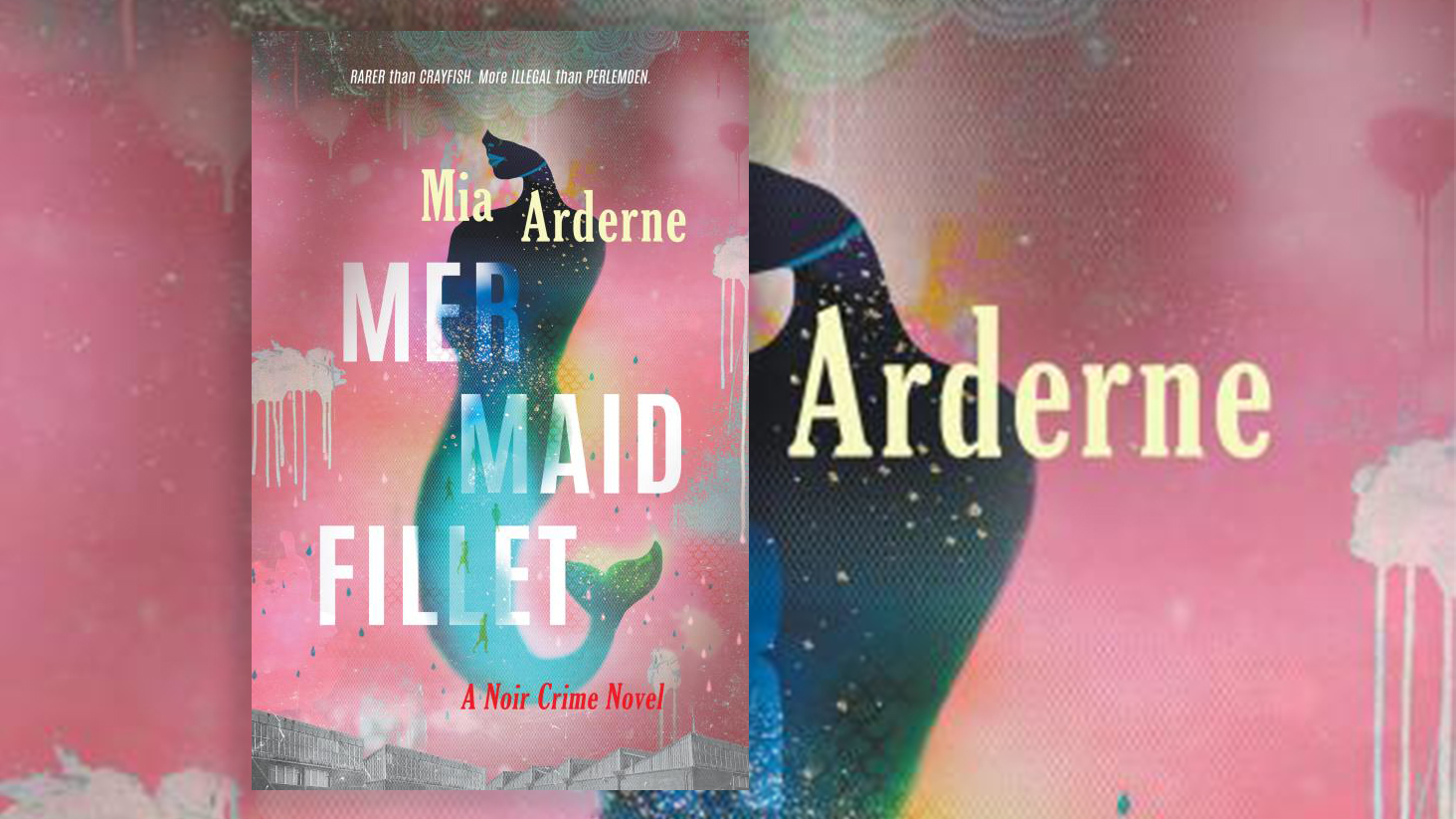 17 augustus 2022
17 augustus 2022